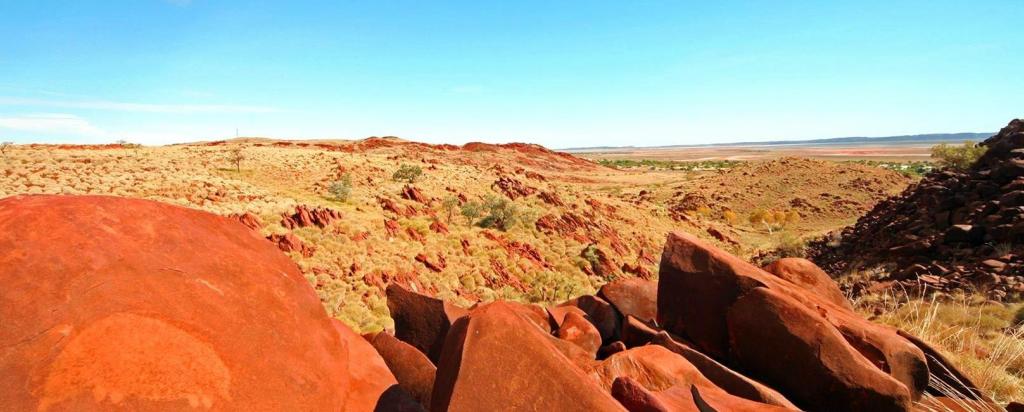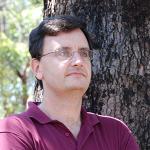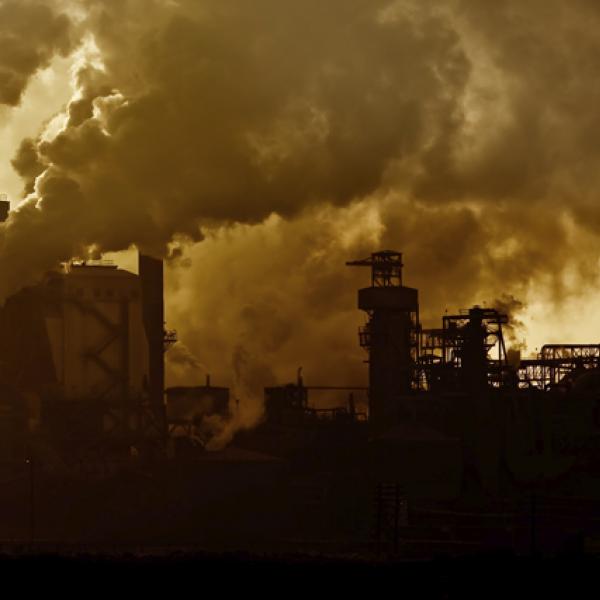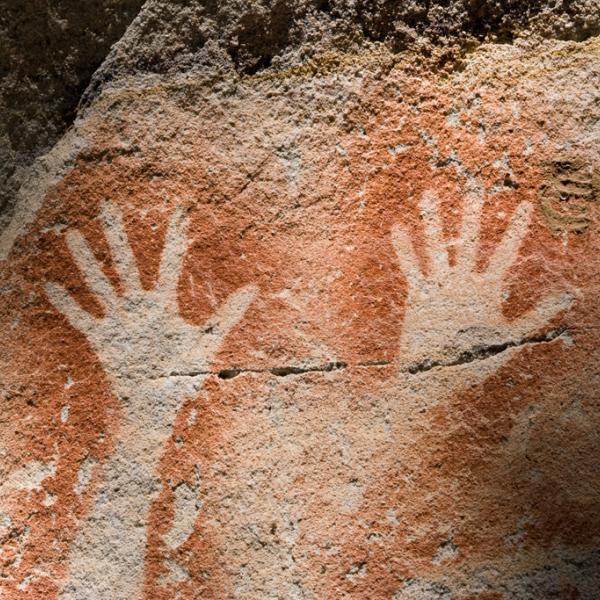
ANSTO has installed a radon detector on Murujuga, in the Pilbara region of WA, as part of the Murujuga Rock Art Monitoring Program (MRAMP), led by the WA Department of Water and Environmental Regulation (DWER) and Murujuga Aboriginal Corporation (MAC).
DWER AND MAC have commissioned Curtin University, Calibre and a range of other organisations to do extensive scientific work in support of the monitoring program.
The installation of the radon monitor on Murujuga, a location also known as the Burrup Peninsula, supports data collection and analysis for the MRAMP by providing improved distinction between sources of the atmospheric pollutants. This may include pollutants from local and remote industry, port and shipping emissions, natural emissions from marine aerosols and emissions from bushfires on Murujuga, which may be capable of accelerating the natural weathering of Murujuga’s petroglyphs.
The data also contributes to improved understanding of changes in concentration of atmospheric pollutants across Murujuga to which rocks are exposed and the identification of weather conditions, environmental conditions and industrial output conditions which are likely to pose the greatest risk of degradation to petroglyphs. Read more
“Secondary pollutants can also form from combinations of all of the atmospheric pollutants from both natural and industrial sources,” explained environmental scientist Dr Scott Chambers, who travelled to Burrup, Western Australia this month to install the ANSTO built and designed detector.
“Distinguishing between some of these sources in a region such as the Burrup Peninsula, where weather and wind patterns are so complex, can be challenging. “
“Since radon is so good at distinguishing between air masses of oceanic or continental origin, it is hoped that the radon measurements will be a great help in the interpretation of the air quality measurements being made from both oceanic and continental areas,” he said.
ANSTO’s 1500-litre atmospheric radon-222 monitor is considered “world’s-best” by the World Meteorological Organisation.
It is one of only (41) radon detectors in the world and the first to be installed in Western Australia.
ANSTO supports The Department of Water and Environmental Regulation and Curtin University in recognising the Traditional Owners and Custodians of Murujuga; the past, present and future generations of Ngarda-Ngarli, and their ongoing connection to this sacred country.
ANSTO thanks the Murujuga Aboriginal Corporation for their assistance in publishing this content.



